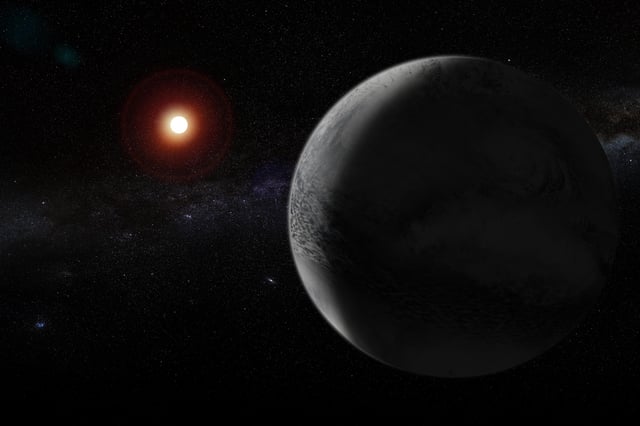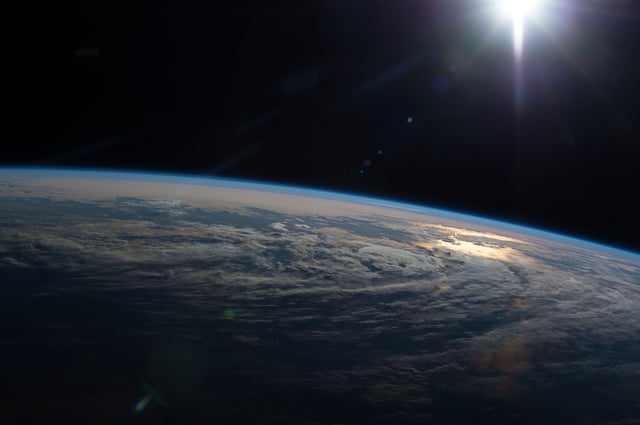Overview
- Researchers detected dimethyl sulfide (DMS) and dimethyl disulfide (DMDS) in K2-18b's atmosphere, molecules on Earth exclusively linked to biological processes.
- The findings, made using the James Webb Space Telescope, represent the most compelling biosignature evidence yet for possible microbial life beyond Earth.
- K2-18b, located 124 light-years away in the constellation Leo, is a 'hycean world'—an exoplanet with a hydrogen-rich atmosphere and a theorized subsurface ocean.
- The detection of these gases reached a 99.7% confidence level, but scientists emphasize the need for repeated observations and studies to rule out non-biological origins.
- This discovery marks a significant step in observational astrobiology, offering a new avenue to explore life beyond rocky, Earth-like planets.


